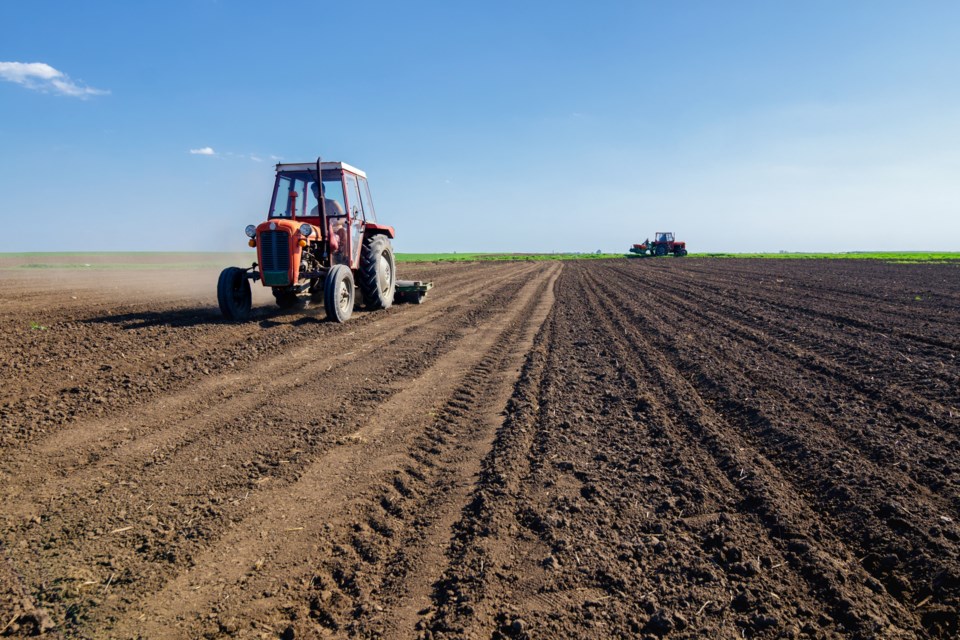ASSINIBOIA - Growing conditions in the southwest continue to degrade as the region did not receive widespread rain, according to the crop report for the period of June 20 to 26. Crops are beginning to rapidly develop in the driest areas and in some fields, seeds did not germinate. Areas that have received precipitation in the past month appear to be holding on, but soil moisture reserves in areas that have received precipitation aren’t enough to maintain them without a big, replenishing rain.
In the southwest, 63 per cent of the fall cereals, 82 per cent of the spring cereals, 84 per cent of the oilseed crops and 72 per cent of the pulse crops are at their normal stages of development for this time of year. In the driest area of the region, producers are noting that some durum fields are heading out at only ten inches tall, this is a sign that the crop is under severe stress.
Crop conditions range from very poor to good in the region, with 27 per cent of the spring wheat, 19 per cent of the durum, 23 per of the canola and 23 per cent of the lentils being in good condition at this time.
There were some isolated rainstorms this past week, with the Consul area reporting 23 mm and commenting that the rain fall ranged from 23 to 50 mm across the general area. Producers noted that their sloughs and dugouts have retained most of their water while their crops appear to be suffering from drought and heat stress. A multi-day soaking rain is desperately needed in the region to help relieve crops from the heat and replenish the soil moisture.
Moisture conditions are declining in the southwest region due to limited rainfall, relentless wind, and warm temperatures. Cropland topsoil moisture is rated as 33 per cent adequate, 33 per cent short and 34 per cent very short. Hay and pasture land topsoil moisture is rated as 25 per cent adequate, 25 per cent short and 50 per cent very short.
Haying is well underway in the region. Thirteen per cent of the hay crop is cut and waiting to be baled or silaged, 18 per cent of the crop has already been baled or silaged with 69 per cent still standing. Hay quality is rated as 17 per cent excellent, 67 per cent good, 8 per cent fair and 8 per cent poor.
The majority of crop damage this week was from wind, drought, grasshoppers and gophers. Producers are doing their best to control the insect pests and gophers that are eating up large portions of their fields, but spraying has been hampered for some due to windy conditions. Some are also spraying fungicide on crops that are now dealing with disease occurrence.



